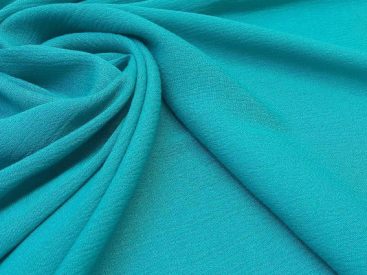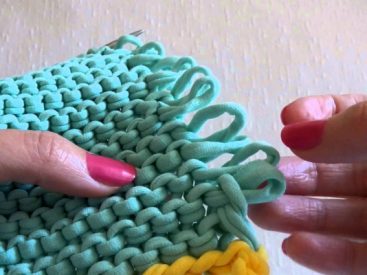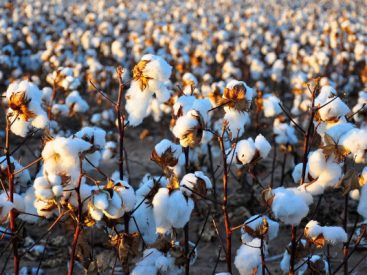Wool yarn is obtained from the wool of various animals — goats, sheep, camels. Therefore, its peculiarities may differ depending on which animal’s hair was used. But there are also general properties that are characteristic of any type of wool yarn:
-
Natural composition. Obtained from animal hair, such yarn has a similar structure to human hair. Therefore, when in contact with the skin, it does not cause irritation; on the contrary, it leaves a feeling of comfort.
-
It has moisture-repellent properties and slowly gets wet in water.
-
High wrinkle resistance. Due to the high elasticity of the fibers, wool yarn can hardly be crumpled.
-
It is capable of both warming and keeping warm for a long time.
-
Tensile strength.
-
Stretchability.
Wool yarn also has certain disadvantages, that is:
-
Attrition and the formation of pellets.
-
Prickliness. Products made of poor-quality wool can be felt prickly.
-
Idiosyncrasy. People who are allergic to wool will not be able to wear wool clothes.
-
When wet, its tensile strength is lost by 30%.
-
It is care-demanding.
To eliminate the undesirable properties of wool yarn, synthetic and linen fibers are often added to it. But most often, acrylic is added, as it reduces the formation of pellets, makes the fibers softer and more elastic. Moreover, the addition of acrylic reduces the yarn’s cost.
The variety of wool products indicates the wide application of this material in production — warm sweaters, pullovers, cardigans, sweaters, carpets, bedding, and more.




